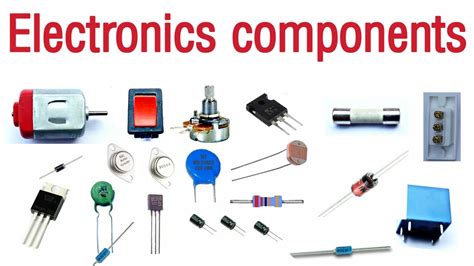Electronic components like resistors come in seemingly odd values such as 68Ω, 75Ω, and so forth. To the untrained eye, this might appear illogical, prompting the question, why not simple round numbers like 70Ω? However, there is a very practical rationale behind these odd values, rooted in geometric sequences and manufacturing tolerances. It is a fascinating demonstration of how theoretical principles and manufacturing constraints come together to make the design and production of electronic components more efficient and predictable.
Many readers have pointed out the confusion regarding the use of values such as 68Ω and 75Ω when aiming for an exact resistance like 70Ω. If you attempt to use resistors in series to approximate a value, you’d not simply add the resistance values directly. A seemingly critical point often overlooked is the tolerance of these components. For instance, combining a 33Ω resistor with a 47Ω resistor does not necessarily yield a perfect 70Ω due to inherent tolerance variations. In real-world applications, the resistances could vary within specified tolerance ranges, which influences the effectiveness of such a combination.
A crucial aspect often misunderstood is tolerance doubling when components are in series. Some readers argue that this cumulative tolerance can complicate precise measurements. In practice, if two resistors with a tolerance of ±5% are used in series, the combined tolerance doesn’t simply double. The actual resistance range would fall within the bounds of their individual tolerances combined. For example, adding two resistors—one 33Ω and one 47Ω resistor—each with a ±5% tolerance means the final resistance could range between (33×0.95 + 47×0.95) to (33×1.05 + 47×1.05), offering a bounded but not necessarily doubled tolerance.
Understanding these values and tolerances requires a dive into the geometric sequence known as the E-series. The E6, E12, E24 series, etc., systematically divide the range into logarithmically spaced standard values ensuring that any resistance value can be achieved within a specified tolerance. For instance, the E12 series spans every decade with 12 values, each step approximately 20% higher than the previous one. This approach allows manufacturers to stock fewer precise values while ensuring any target value falls within a specific error range.
While the historical explanation for these values is deeply technical, the manufacturing aspect also plays a significant role. Manufacturing resistors to a perfect specified value is practically impossible; hence, resistors are created to meet a set tolerance. Manufacturers often produce in bulk and perform binning based on the precision achieved in actual production. For instance, perfectly hitting 68kΩ might be rare, but grouping within ±1% around target values is feasible and economical in mass production setups.
Moreover, the semiconductor properties of materials like carbon and metal films used in resistors contribute to these tolerance values. Resistors also change value with temperature; hence, the temperature coefficient is a specification that cannot be ignored. Film resistors, for example, have tighter tolerance and temperature stability compared to wire-wound resistors. Understanding this helps design engineers utilize the right type of resistor for their specific application, balancing cost versus performance needs.
In practice, design engineers may also leverage these tolerance specifications to benefit their designs. Components like laser-trimmed resistors and matched resistor networks come into play for applications requiring high precision. These components are fabricated to ensure tighter tolerances by making fine adjustments including laser trimming to hit those precise values more accurately. The adoption of high-precision resistors, which are now readily available and affordable, helps in creating robust designs especially in the analog domain where resistance accuracy directly impacts performance.
Finally, it’s notable that digital circuits tend not to rely heavily on exact resistor values, often defaulting to standard values like 10kΩ or 100kΩ for pull-up resistors. In contrast, analog circuits, particularly those in precision measurement and audio engineering, still depend heavily on precise resistor values and tolerances. This explains why a deep understanding of resistor values and tolerances continues to be a crucial part of electronics education and practice. Engineers are taught not just the theoretical values but also how to manage component variations in practical applications.
In conclusion, the ‘odd’ values in resistor nomenclature are not oddities at all but are the result of sophisticated historic and manufacturing practices. They ensure broad usability and simplify stocking while maintaining the integrity of electronic designs. Understanding this might take some time, but it’s worth the effort for anyone keen on mastering electronic design and manufacturing. The fascinating interaction of theory, practice, and economics behind these values is a testament to the engineering principle of optimizing for real-world constraints.


Leave a Reply